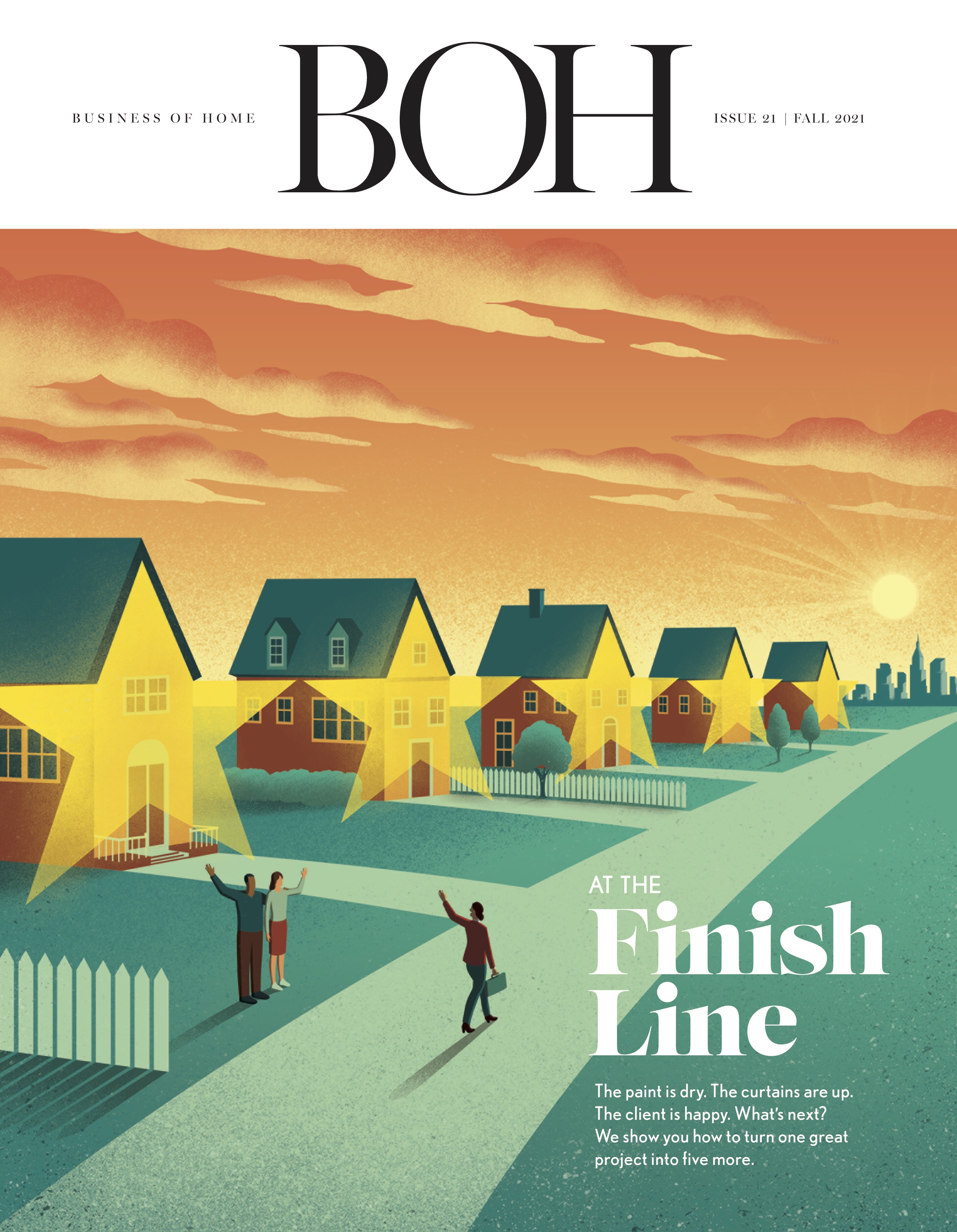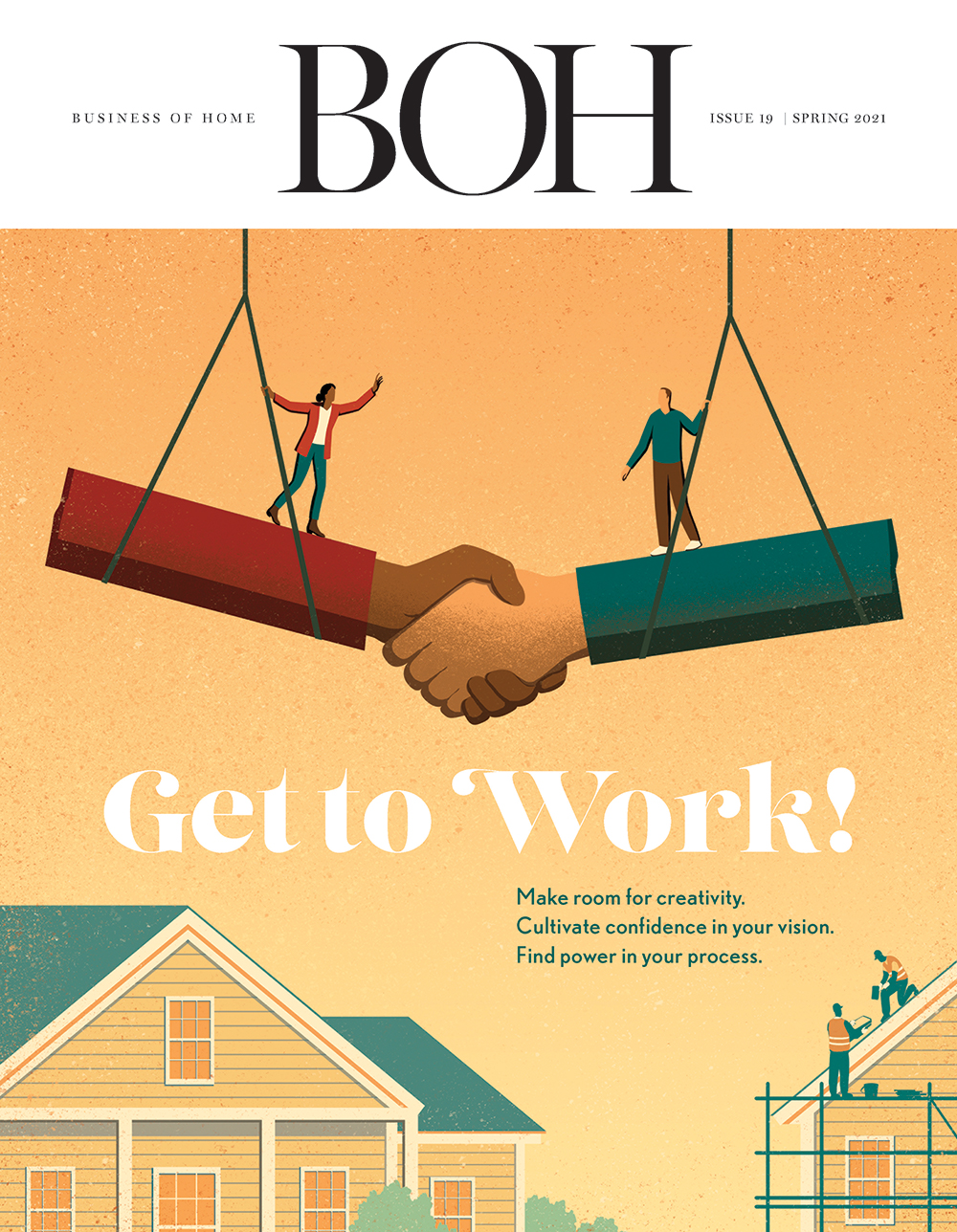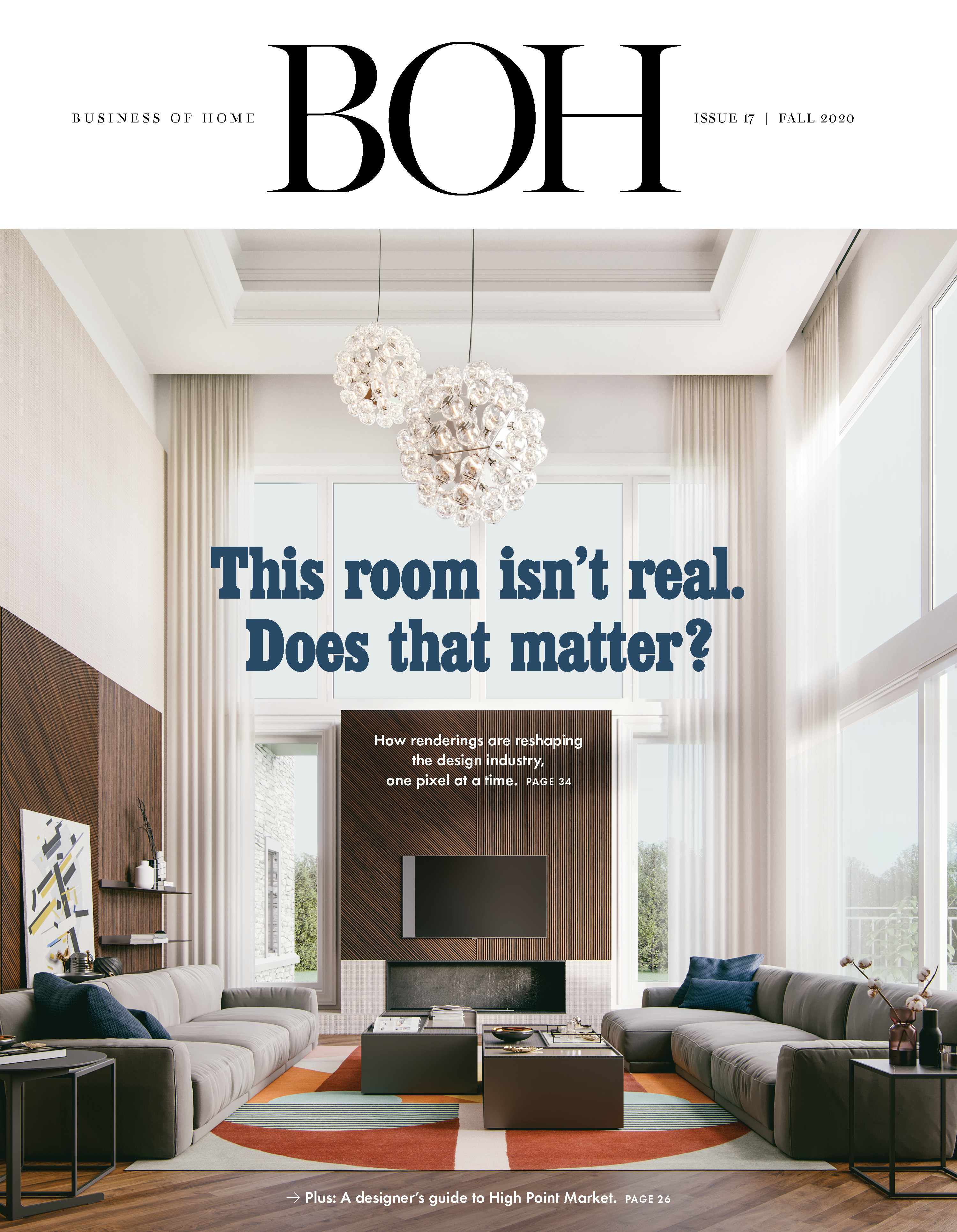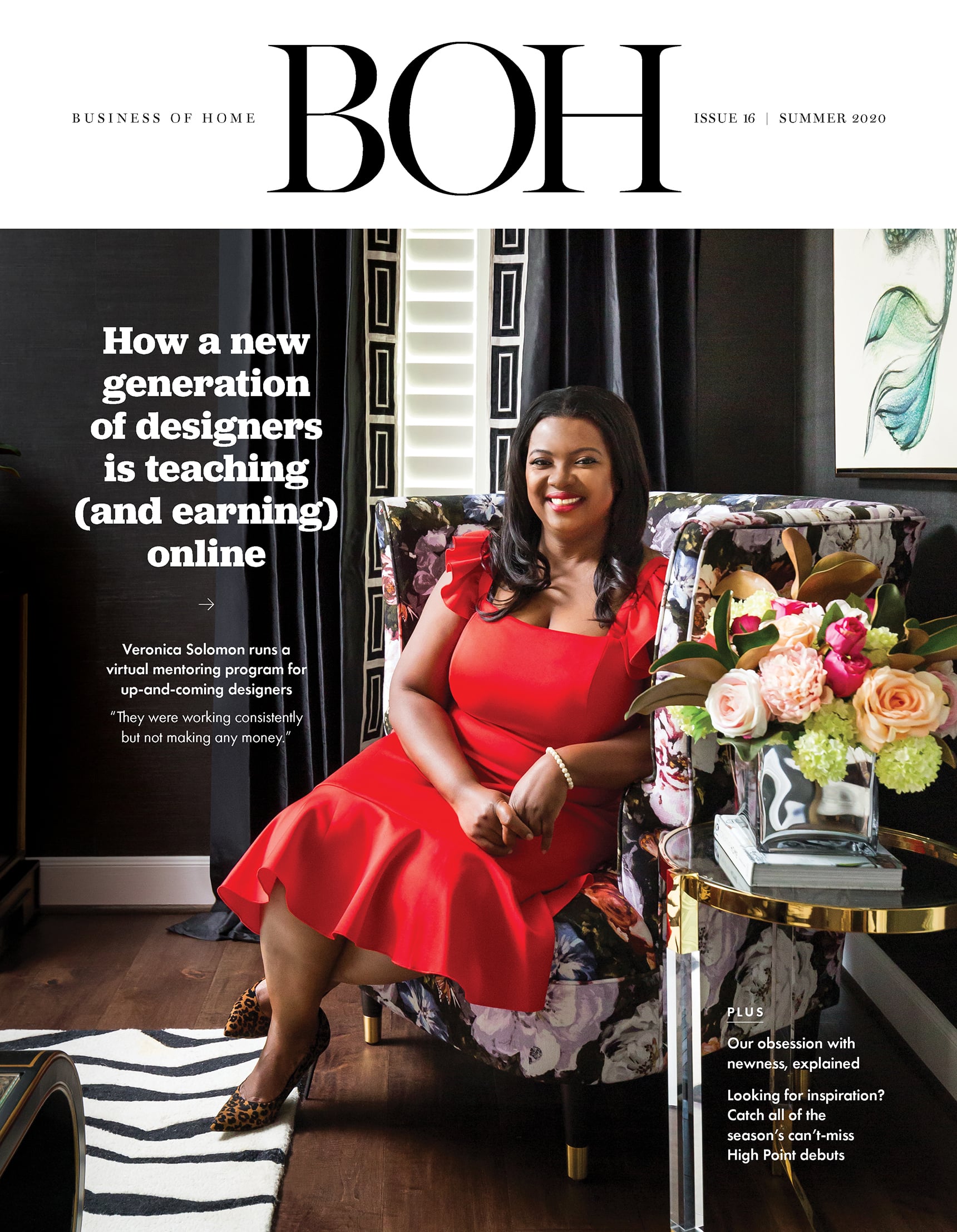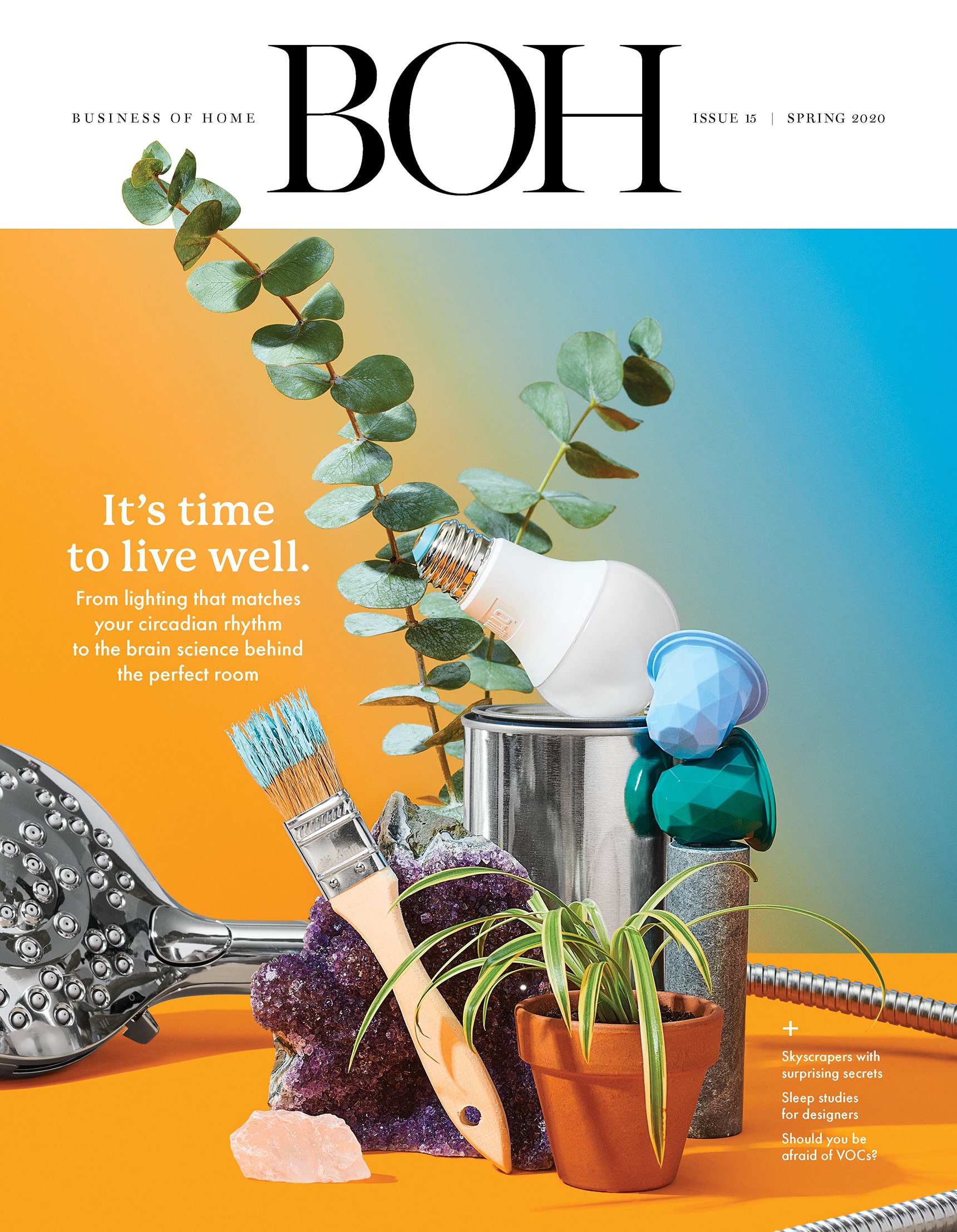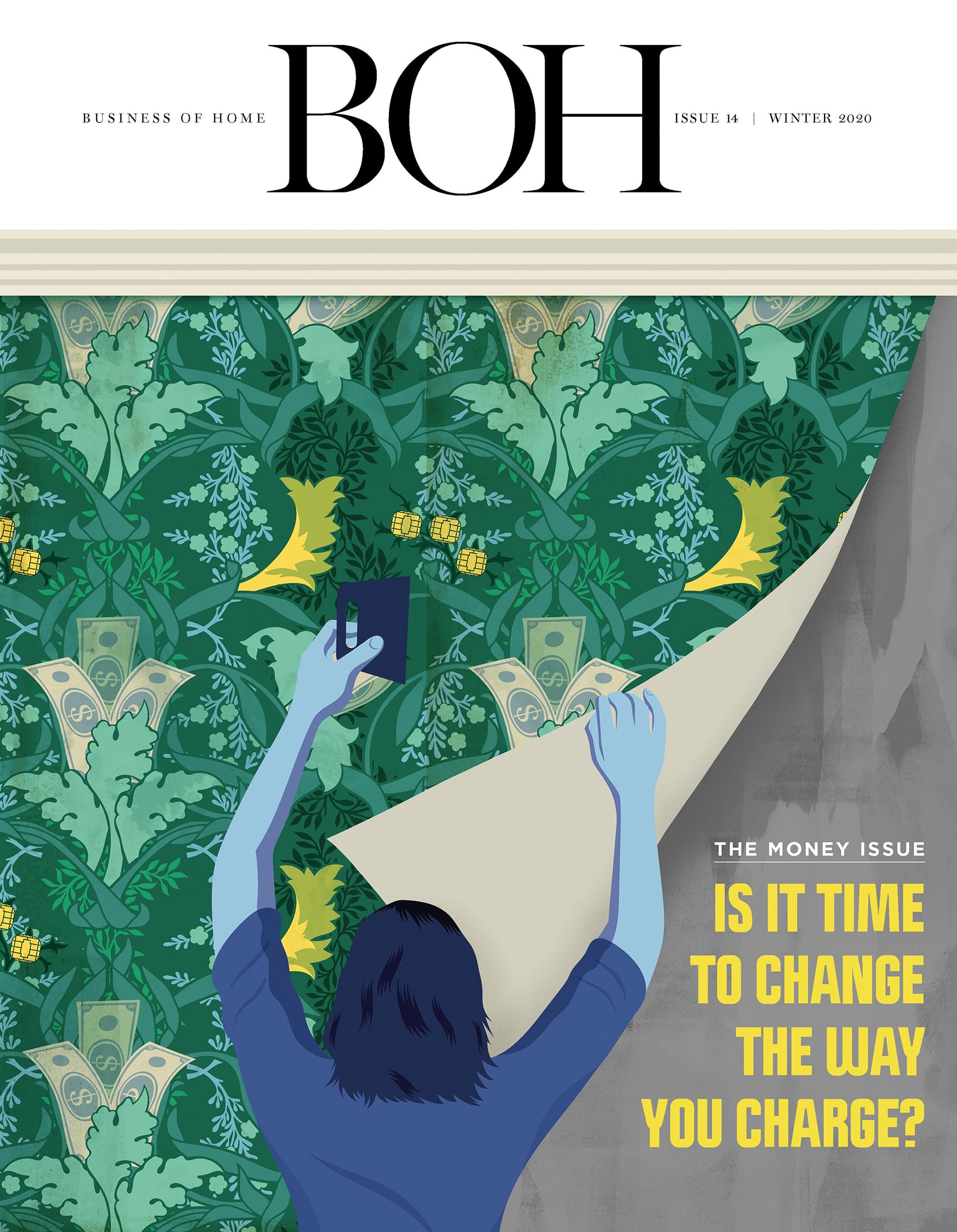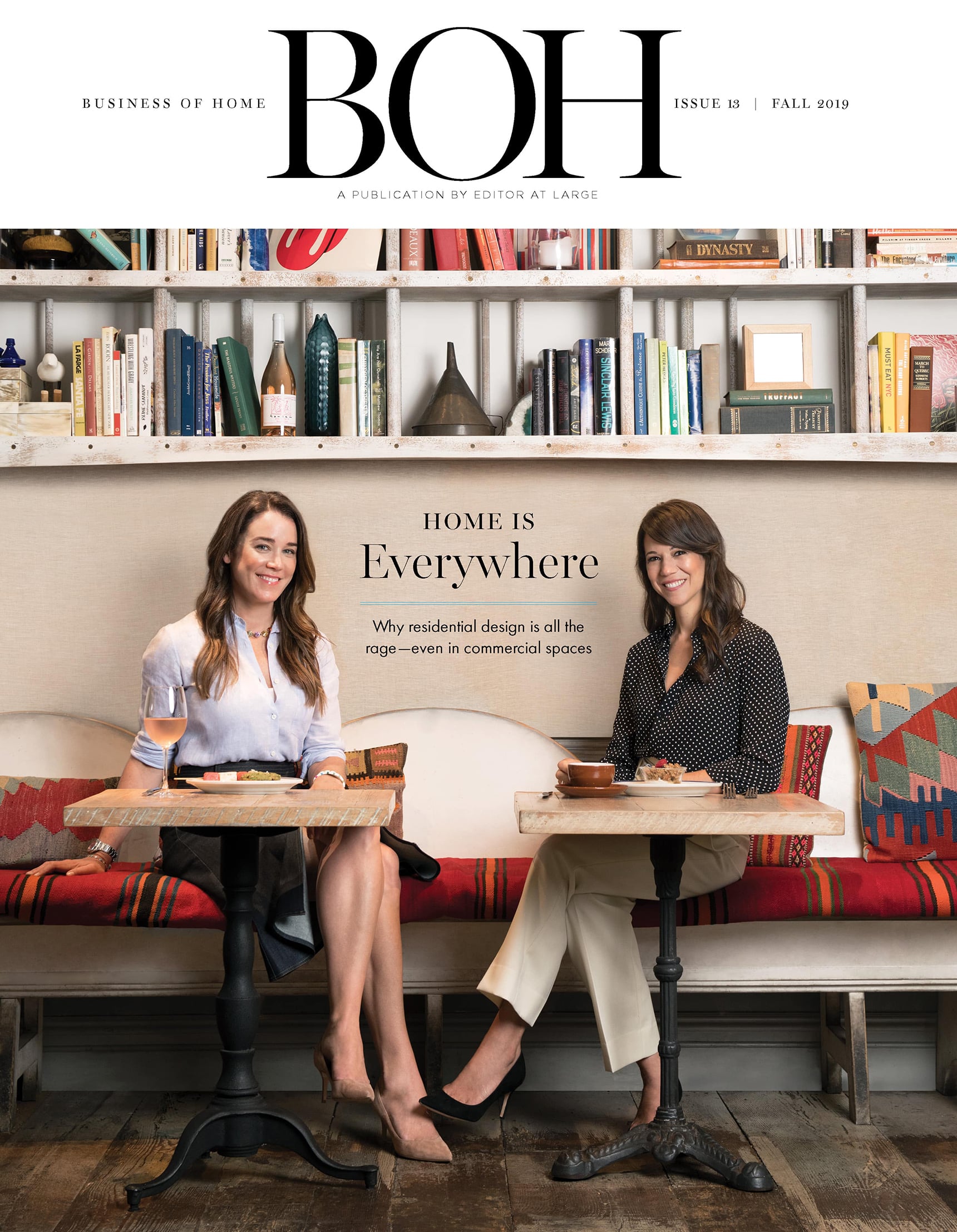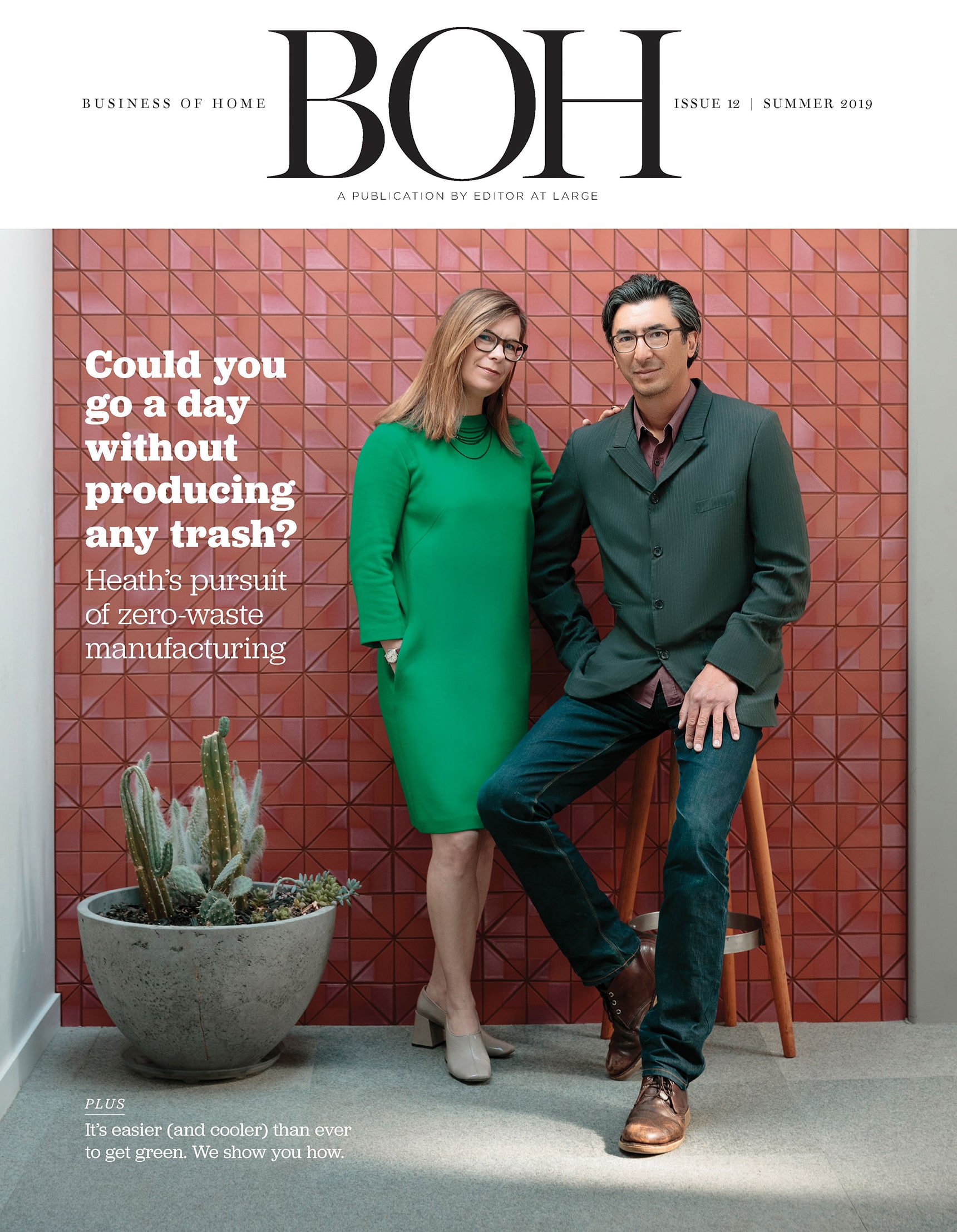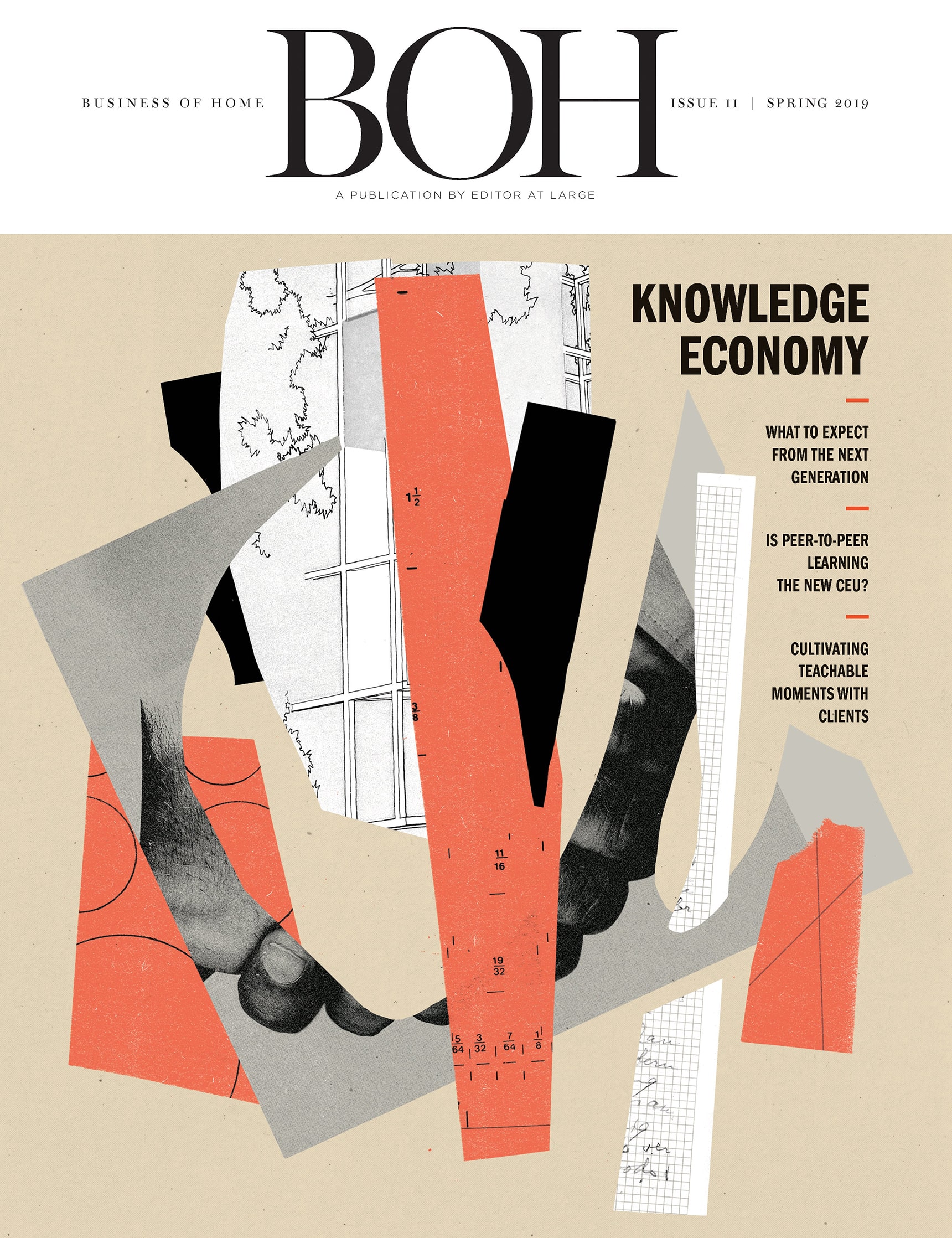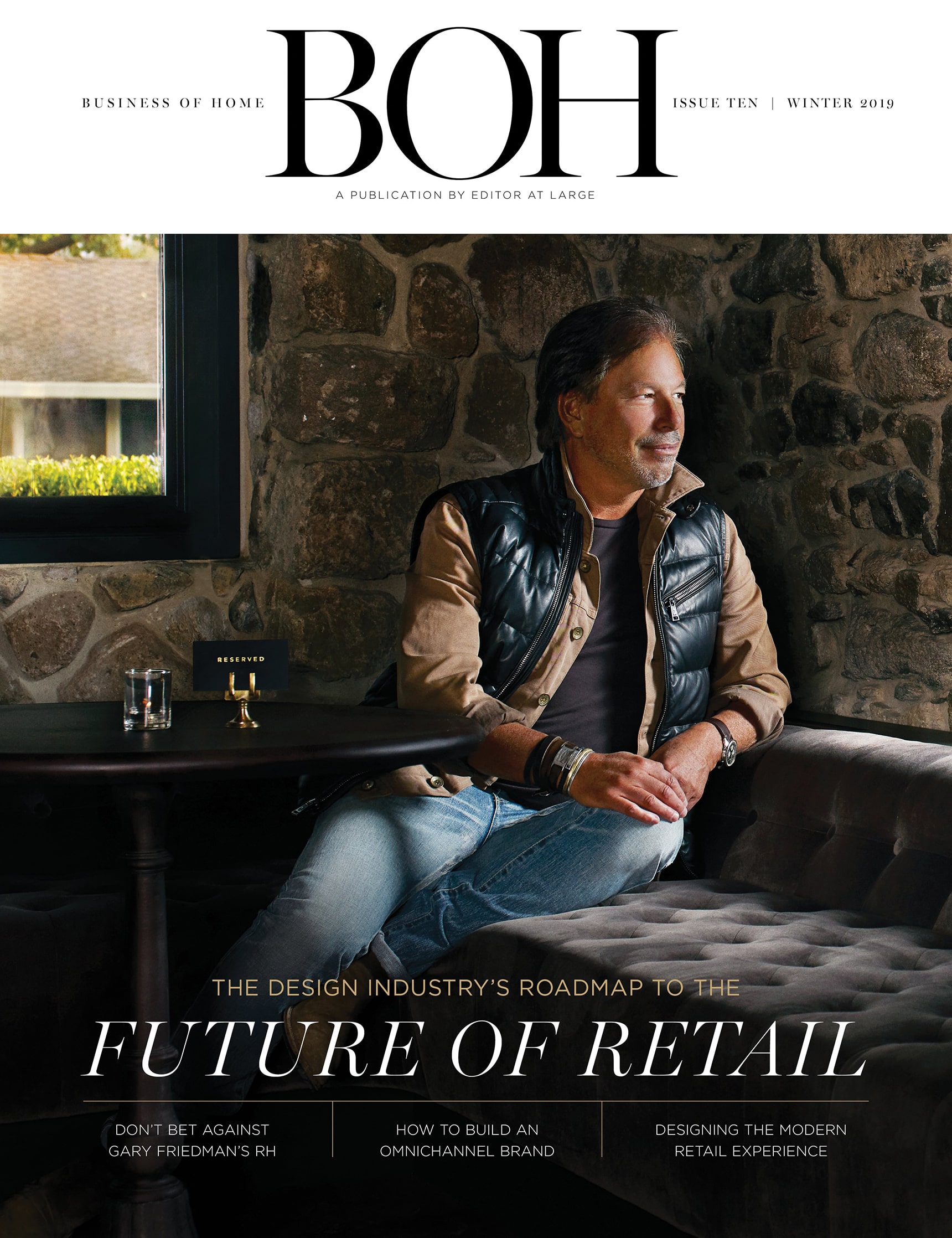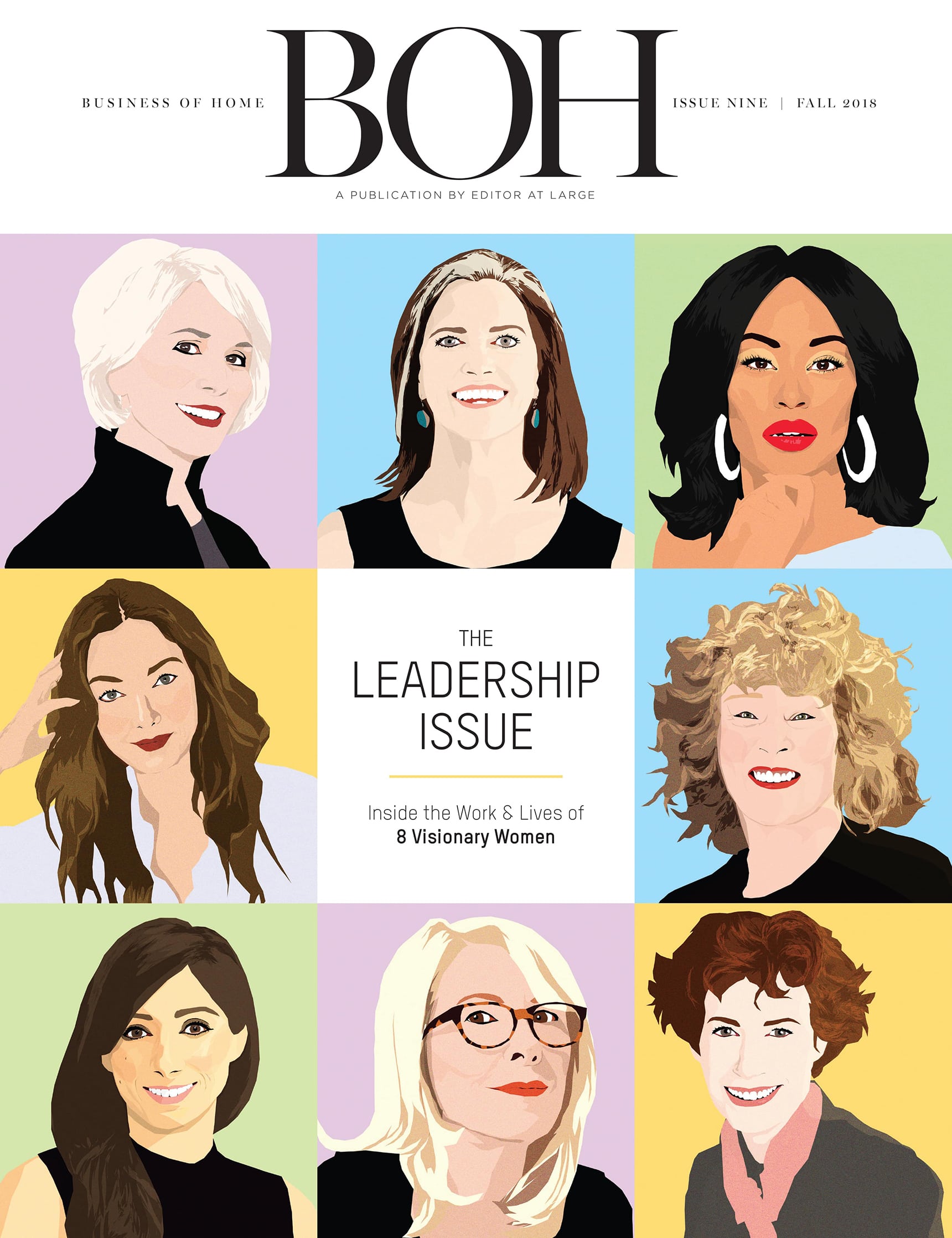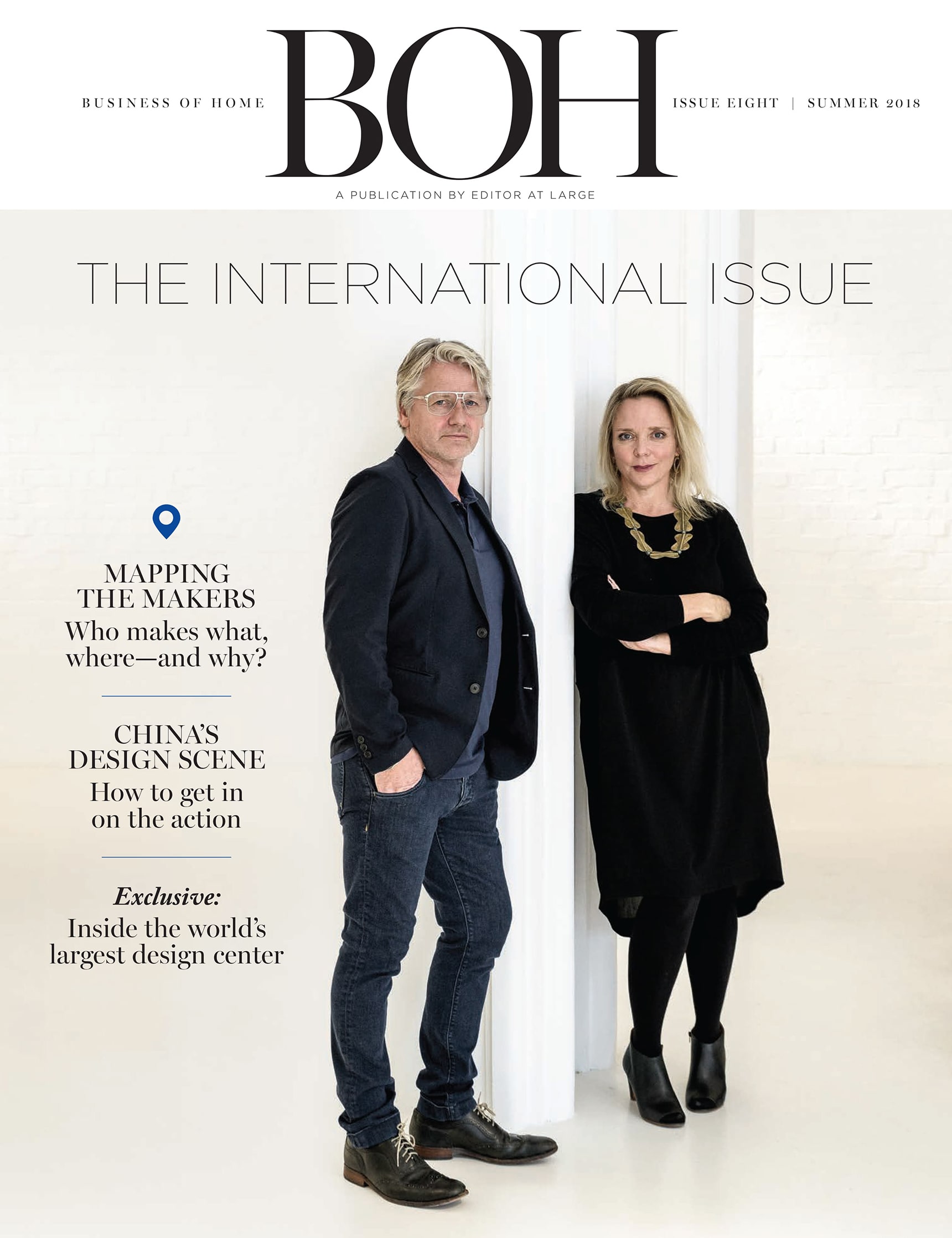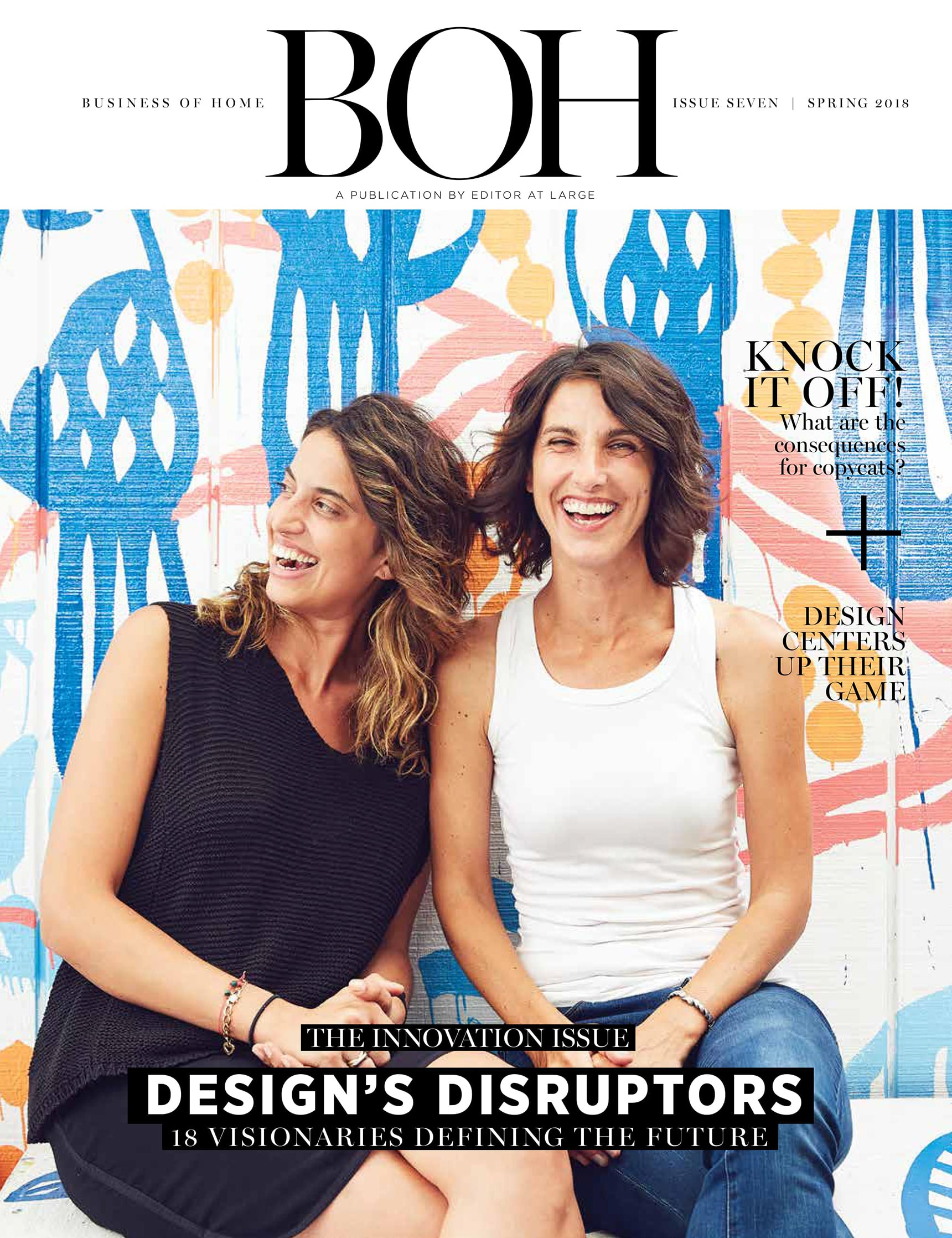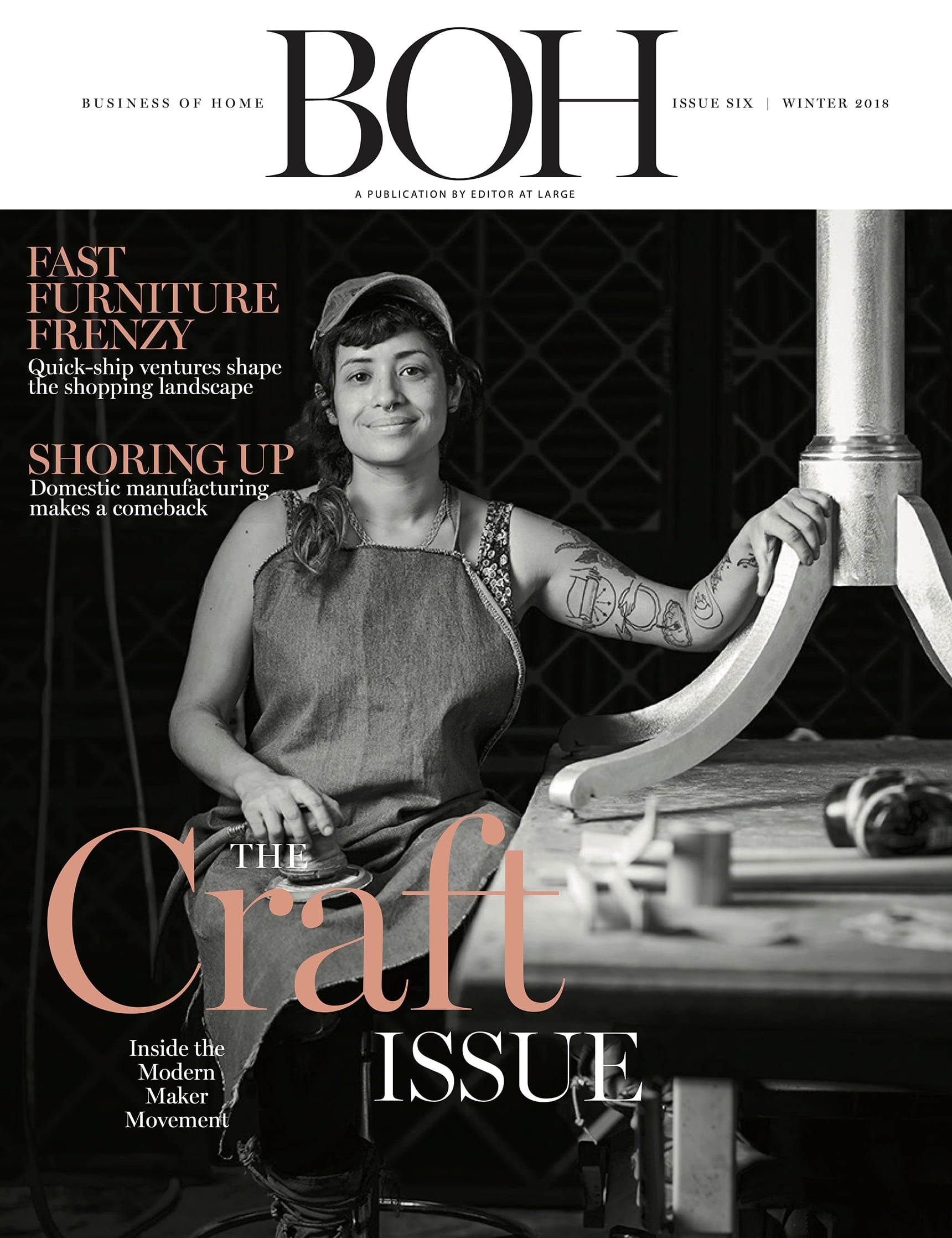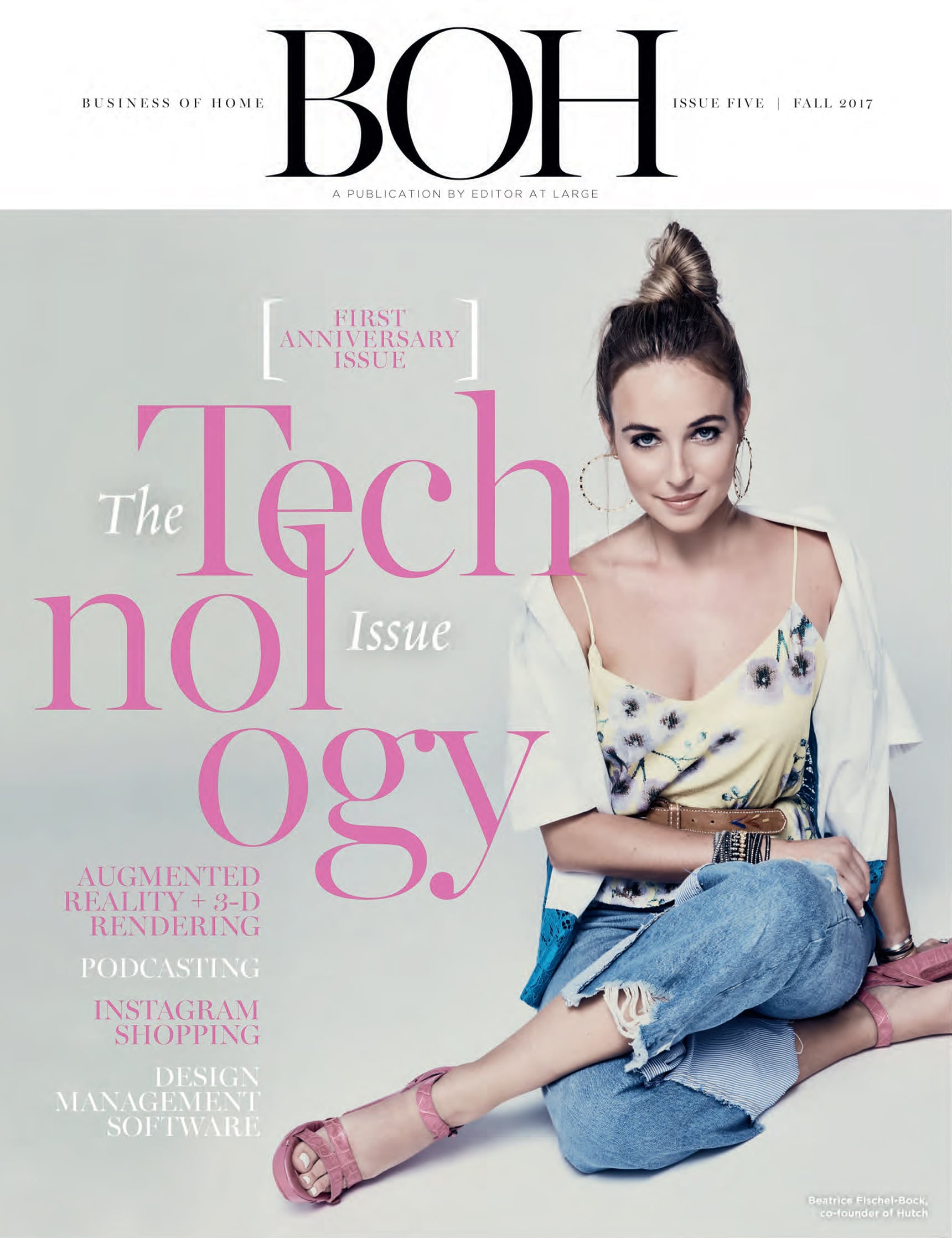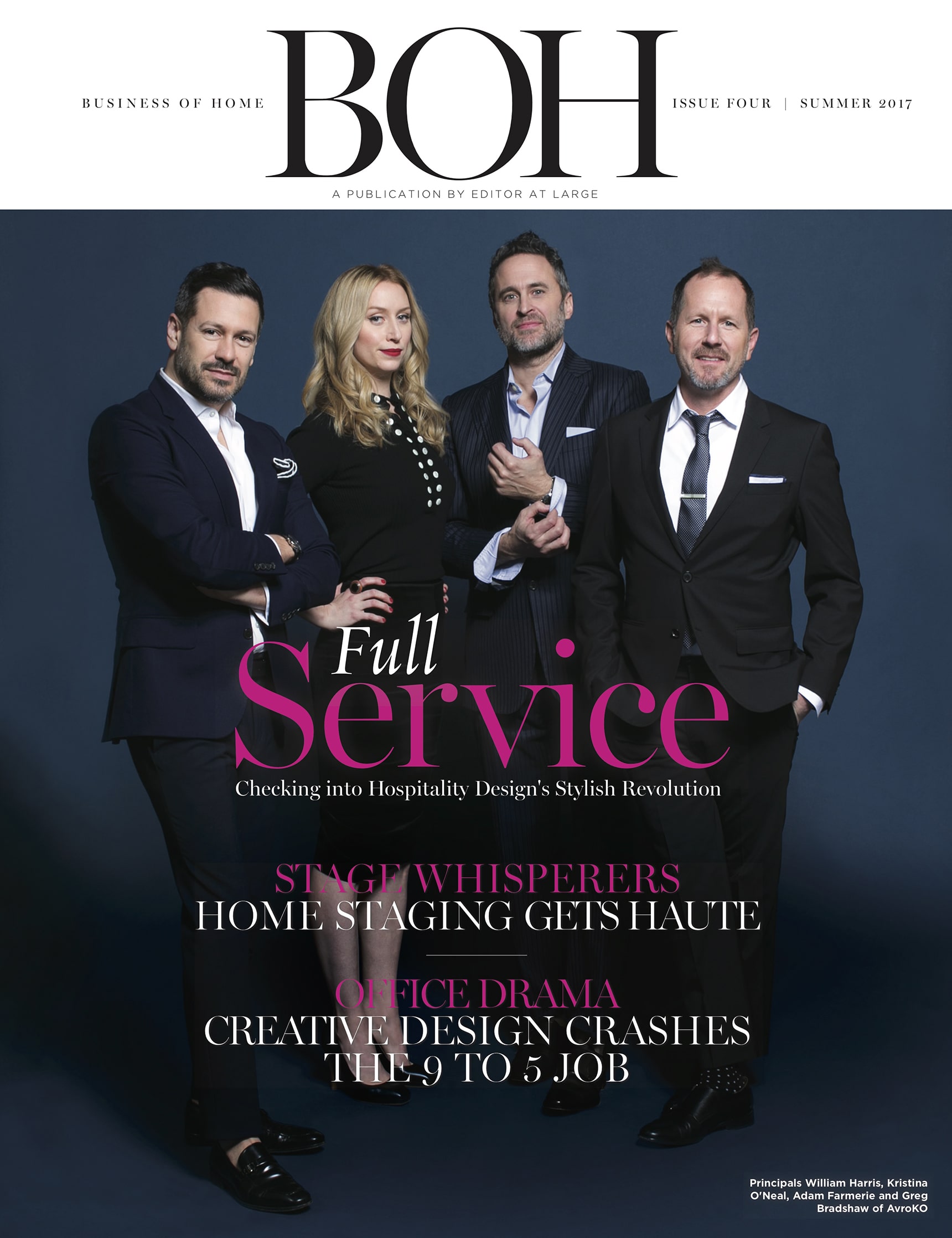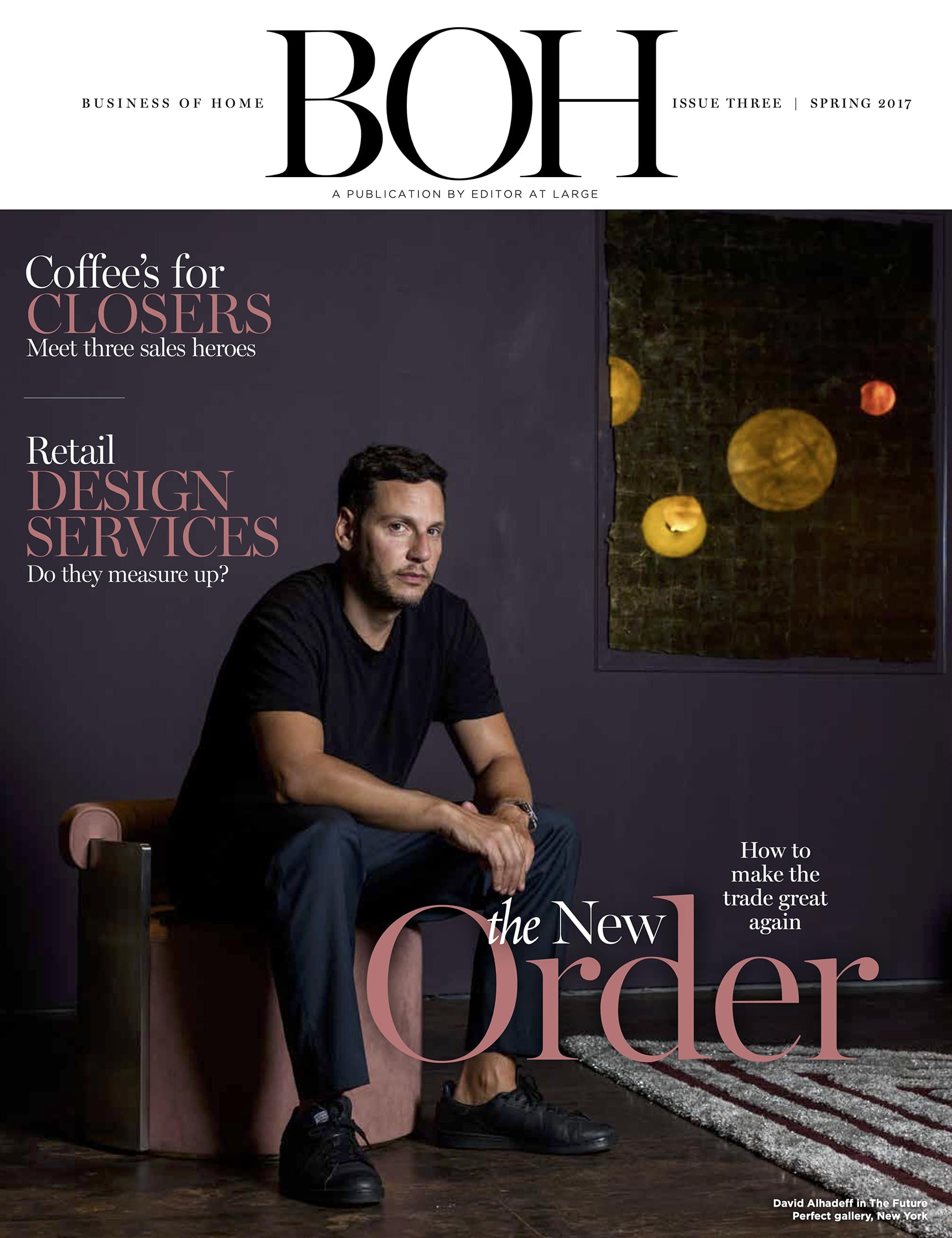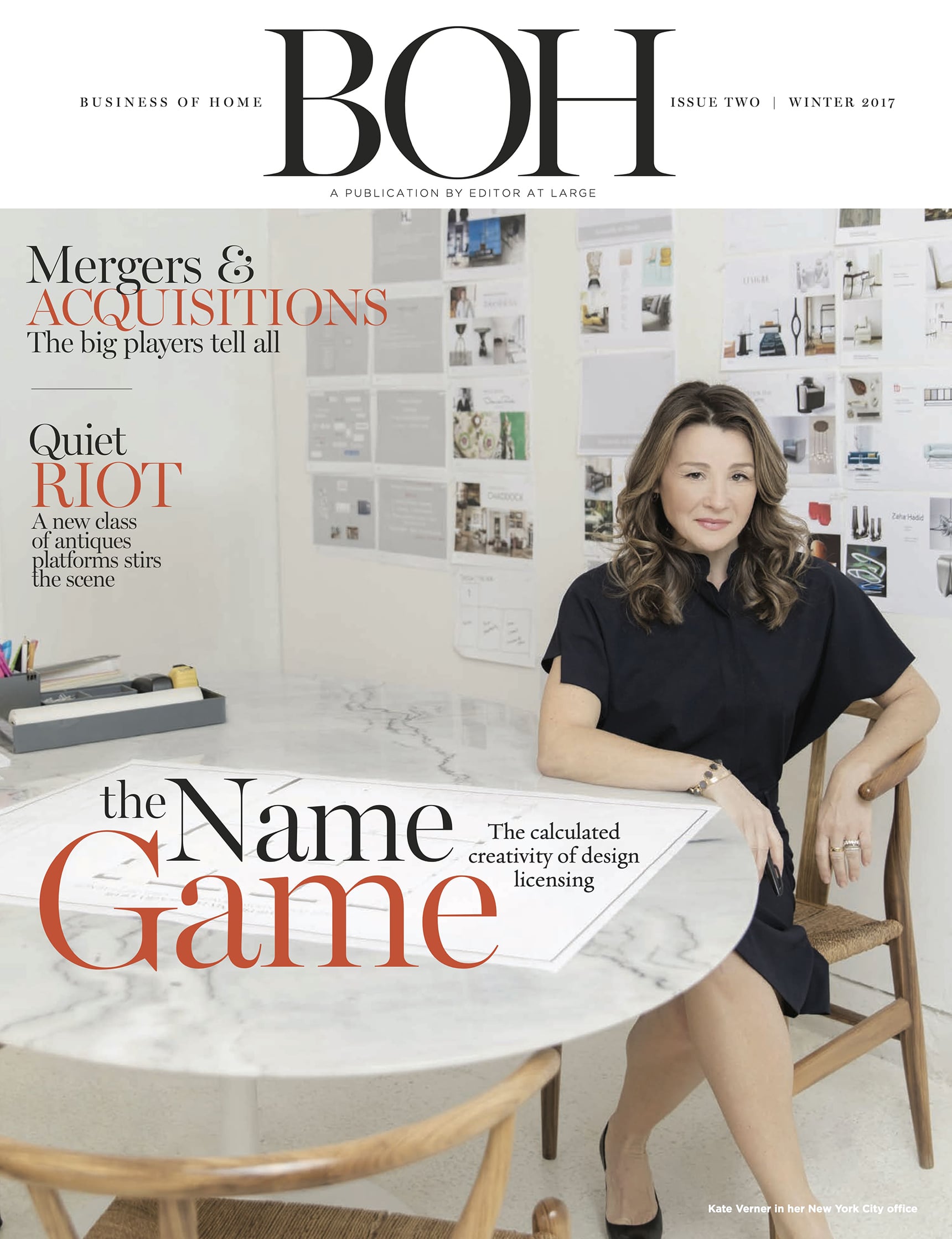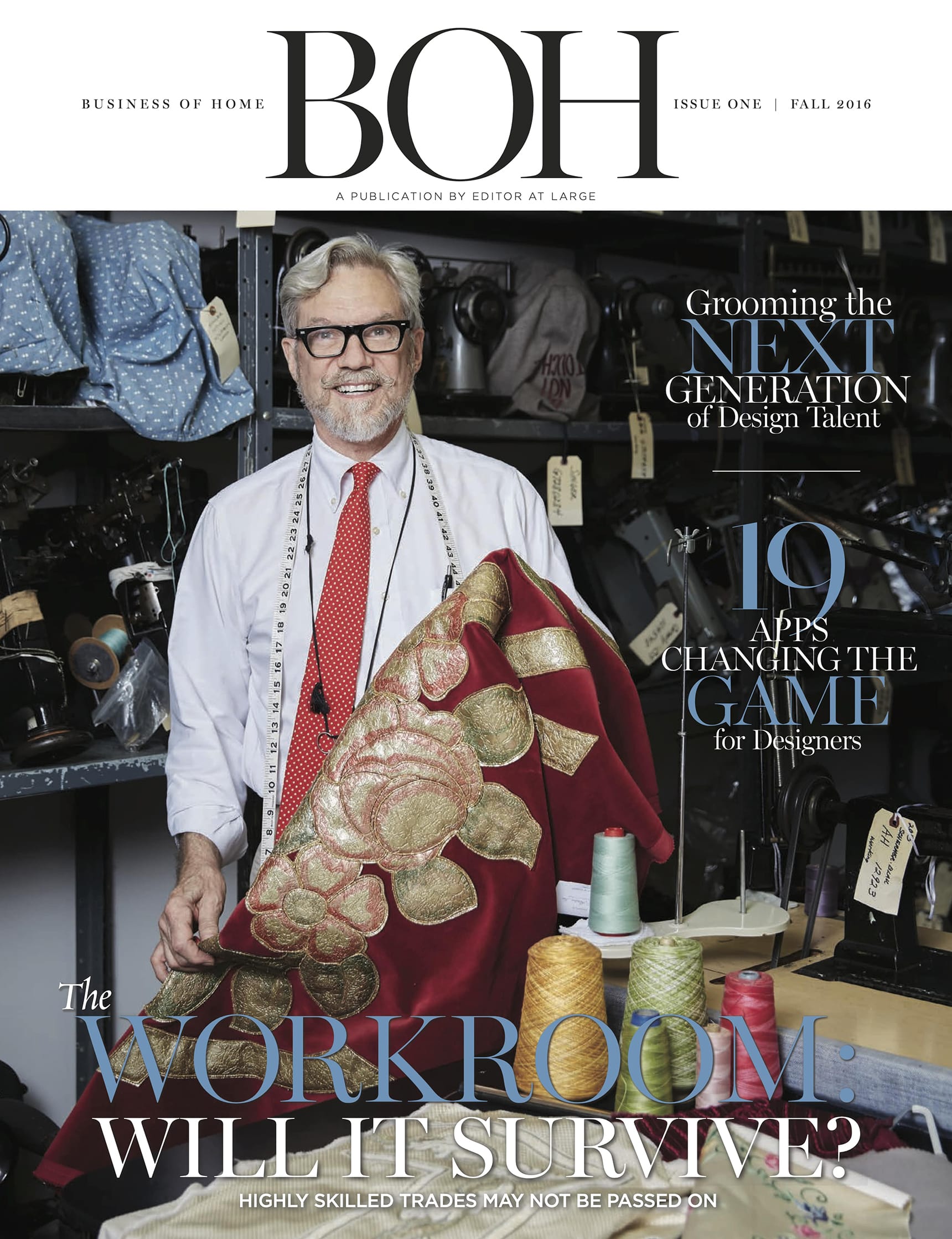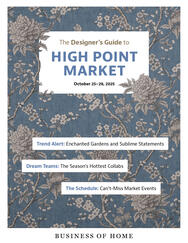- News
- Sources & Style
- Jobs
- Events
-
Find an Expert
- Business Services
- Accounting & Bookkeeping
- Art Advisors
- Authors & Copywriters
- Book Packagers
- Business Consultants
- Legal Services
- Licensing Consultants
- M&A and Investment Advisors
- Marketing & PR
- Photographers
- Purchasing Agents
- Recruiters
- Sales & Independent Rep Firms
- Specialty Shops & Showrooms
- Stylists
- Web & Graphic Designers
- Skilled Trades
- 3D & Hand Renderers
- Cleaning Crews
- Contractors
- Decorative Artists & Painters
- Fabricators
- Lighting & Lampshade Makers
- Master Carpenters
- Movers
- Organizers
- Painters & Wallpaper Installers
- Plaster Workers
- Shippers and Receivers
- Textile Printers & Mills
- Upholstery Workrooms
- Window Treatments
- Podcasts
- Magazine
Mobile Nav Bar

Mobile Menu
- News
- Sources & Style
- Jobs
- Events
- Experts
- Podcasts
- Magazine
- Newsletter Sign-up
- Sign In
-
BECOME AN INSIDER
BOH Insiders unlock access to weekly designer classes and exclusive Insider-only workshops


















